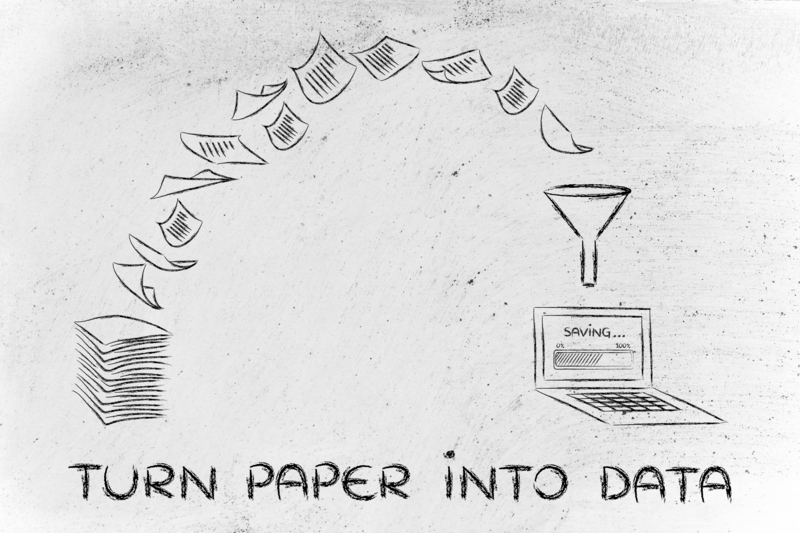What to Do With Pots and Pans That Are Past Their Prime: Eco-Friendly & Creative Solutions
If you love cooking, chances are that your kitchen is home to several pots and pans that have seen better days. Whether it's a nonstick skillet with scratched coating, a warped saucepan, or an old cast iron that refuses to season, the question inevitably arises: what to do with pots and pans that are past their prime? Tossing them in the trash may seem convenient, but it is not the most sustainable choice. Let's explore creative, eco-friendly, and practical ways to deal with old cookware and extend their usefulness while being kind to the environment.
Why Not Just Throw Them Out?
It may seem easy to simply dispose of old pots and pans in the garbage. However, old cookware often ends up in overflowing landfills, where metals and synthetic coatings can take decades or centuries to decompose. Moreover, nonstick pans may contain chemicals like PTFE and PFOA that are harmful if improperly discarded. Recycling and repurposing offer more responsible alternatives.

Recycling Old Pots and Pans
Are Pots and Pans Recyclable?
Nearly all metal cookware, including stainless steel, cast iron, aluminum, and copper, can be recycled. The catch, however, is that regular curbside recycling programs typically do not accept pots and pans due to their size, shape, and the risk of damaging recycling machinery. Nonstick cookware with Teflon surfaces presents another challenge due to chemical coatings that must be removed before recycling.
How to Prepare Cookware for Recycling
- Remove Non-Metal Parts: Unscrew or detach plastic or wooden handles and lids.
- Check for Chemical Coating: For nonstick or enameled cookware, ask your local recycling center if they accept these materials. Sometimes, you'll need to strip the coating first.
- Clean the Cookware: Ensure no food or grease residue remains. This helps the recycling process.
Where Can I Recycle Old Pots and Pans?
Not every recycling center accepts cookware, so it's essential to call your local facility in advance. Some tips include:
- Scrap Metal Yards: These facilities almost always accept old cookware. You might even earn a few dollars by selling cast iron, stainless steel, or copper pots as scrap metal.
- Household Hazardous Waste Drop-Offs: Many municipalities schedule collection days for hard-to-recycle items, including aging cookware.
- Retail Take-Back Programs: Some large retailers, such as Williams Sonoma or Sur La Table, host periodic recycling events or offer trade-in discounts for turning in old utensils and pots.
Donate Gently Used Cookware
If your pots and pans are still functional (no holes, significant warping, or excessive soot), consider donating them. Many people and organizations are in need of basic kitchen equipment. Places to donate include:
- Local Charities and Shelters: Soup kitchens, homeless shelters, and food pantries always appreciate cookware.
- Thrift Stores: Goodwill, Salvation Army, or independent thrift shops accept pots and pans in decent condition.
- Community Centers: Cooking programs, after-school clubs, and community kitchens may be delighted to receive older cookware.
Always wash and clean the pots and pans before donation. If the item has issues, consider labeling them as "best for camping" or "great for crafts."
Creative Ways to Repurpose Old Pots and Pans
Not every pot or pan can be recycled or donated, but that doesn't mean you have to throw it away. With a little creativity, you can repurpose worn-out cookware around the home and garden.
Garden Inspiration
- Planters: Old saucepans and stockpots make unique planters for herbs, succulents, or flowers. Simply drill a drainage hole in the bottom, fill with soil, and plant!
- Bird Baths or Feeders: Large frying pans or shallow pots can be repurposed as charming bird baths or feeders--hang them with twine from a tree or garden hook.
- Tool Holders: Cast iron pans can serve as rustic holders for garden tools, gloves, or small accessories in your potting shed.
Decorative & Practical Household Uses
- Wall Art: Arrange vintage or quirky frying pans and lids into decorative displays on your kitchen or patio wall for a retro look.
- Candle Holders: Shallow pans make great bases for homemade candles--just be sure to use nonflammable materials.
- Craft Organizers: Old muffin tins can help organize screws, nails, beads, or craft supplies in your workshop.
- Chalkboard Signs: Paint the surface of an old pan with chalkboard paint to create menu boards or message centers.
- Serving Trays: Heavy-duty trays or sheet pans can be given a new life as rustic serving trays for snacks and drinks during gatherings.
Upcycling with Kids
- Musical Instruments: Old pots and pans can become a kid's drum set or percussion band for hours of musical play.
- Costume Props: Use lids as shields or repurpose pans as props for creative play or theater.
- Art Projects: Decorate old cookware with paint, stickers, or decoupage for seasonal crafts and decorations.
How to Tell If It's Time to Replace Your Pots and Pans
Proper maintenance can extend the life of your cookware, but some signs indicate it's time for retirement. Here's when to consider parting ways with old pots and pans:
- Warping or Wobbling: When the base of a pan won't sit flat on the stovetop, even heat distribution becomes difficult.
- Severely Scratched Nonstick Coating: Flaking or pitted coatings can leach chemicals into your food and reduce performance.
- Rust or Corrosion: Especially on nonstick or aluminum cookware, rust can be a health hazard and affect taste.
- Loose Handles or Broken Parts: Repairs are sometimes possible, but if multiple components are damaged, safety is compromised.
- Persistent Odors or Stains: Some old cookware never comes clean, harboring bacteria and stale odors.
When in doubt--err on the side of caution. If your pot or pan can no longer safely and effectively cook food, it's time to consider one of the responsible disposal or repurposing options discussed below.
Safe Disposal of Nonstick and Specialty Cookware
Nonstick pans and pots with enamel, ceramic, or other specialty coatings should not be placed in standard recycling bins. The coatings can contaminate recycling streams and may even create hazardous fumes when incinerated. To dispose of these safely:
- Contact the Manufacturer: Some brands have take-back or mail-in recycling programs for their products.
- Specialty Recycling Events: Periodically, communities organize hazardous waste disposal days where you can bring coated cookware.
- Upcycle at Home: If you cannot find a recycling option, consider upcycling for decorative or household use (as described above) to keep them out of landfills.
Tips to Prolong the Life of Your Cookware
While it's important to know what to do with pots and pans when they're past their best, you can also extend their usable years by following these maintenance tips:
- Avoid Metal Utensils: Use silicone, wood, or plastic tools to avoid scraping nonstick or enameled surfaces.
- Hand Wash When Possible: Dishwashers can cause warping or wear down coatings faster. Hand wash, especially for nonstick and cast iron items.
- Season Cast Iron Regularly: Prevent rust and maintain nonstick performance by seasoning properly after each use.
- Dry Thoroughly After Washing: Air- or towel-drying immediately after washing prevents rust and musty odors.
- Tighten Screws and Handles: Periodically check and tighten any fasteners to prevent wobbling or unsafe handles.

Frequently Asked Questions: Repurposing and Recycling Old Pots and Pans
Can I put old frying pans in the recycling bin?
Generally, do not put frying pans in regular curbside bins unless your municipality specifically allows it--most do not. Instead, find a scrap metal recycling center or a specialized recycling program.
What about cookware with plastic handles?
Remove handles and other non-metal parts before recycling or repurposing. Handles can sometimes be placed in plastic recycling if marked with a recycling symbol.
Are vintage or rare pots and pans valuable?
Some old cookware, such as vintage cast iron or copper pans, may have collector's value. Research your items online or consult an expert before discarding.
Is it safe to use old nonstick pans?
If the nonstick surface is scratched, flaking, or pitted, it's best to stop using the pan for cooking. Instead, repurpose or safely recycle the pan.
Conclusion: Giving Old Cookware New Purpose
Cooking and sharing food brings families and friends together, and well-loved cookware is part of every home's story. Over time, however, all pots and pans reach the end of their cooking life. The good news is, you have many responsible, creative, and eco-friendly options for what to do with old pots and pans--from recycling and donation to innovative upcycling projects around the house and garden. With a little effort, you can keep old cookware out of landfills and make your kitchen--and the planet--a little greener!
Ready to part ways with your retired cookware? Take the next step--recycle, donate, or repurpose for a home and planet you'll love.
```